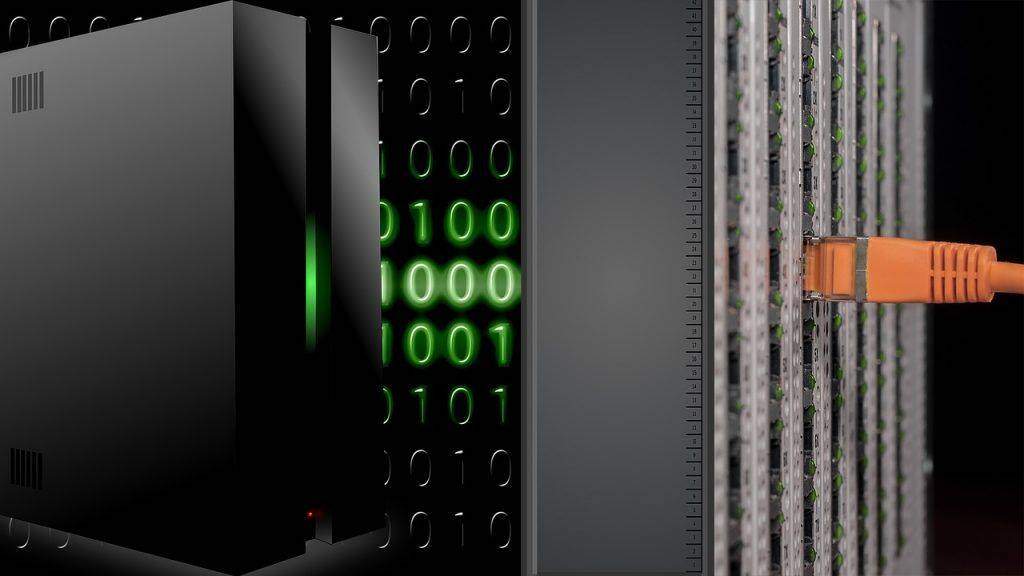
When we are talking about the data center, then we will face the four levels of it. We have Tier 1 which is the simplest one, Tier 2, Tier 3 data center, and the last is Tier 4 which is considered as the highest level of the data center. The Tier system is used so that people can find an effective yet simple way to identify the different data center sites based on infrastructure design topologies. This level is designed by the Uptime Institute.
Industry Standard Approach
The tiered classification system brought by this institute is used to define the industry-standard approach to site the infrastructure functionality which addresses common benchmarking standard needs. Based on what Uptime defines, the differences of each tire is in its availability. Tier 1 comes in single path of cooling distribution and power. It does not have redundant components, and provide 99.671% availability. Tier 2 comes with redundant components. It is the same as Tier 1, which uses a single path of cooling distribution and power. The availability is 99.741%.
Redundant Components
Tier 3 data center comes with redundant components as well. It uses multiple cooling distribution paths and active power. Yet, it is only one path active. All the components are maintainable. It provides 99.982% availability. The last level is Tier 4, which composed multiple cooling distribution paths with multiple active power. It has redundant components and is also fault-tolerant. This tier provides 99.995% availability.
The availability percentage is significant depends on its application. In one year, the data center system allows the unavailability of services. For one year we have 525,600 minutes, and the availability service for Tier 1 is 1729.224 minutes or 28.817 hours. The unavailability service for Tier 2 is 1361.304 minutes or 22.688 hours. Tier 3 with 99.982% availability will have unavailability service for 94.608 minutes or 1.5768 hours. Tier 4 is only 26.28 minutes or 0.438 hours for its unavailability service.